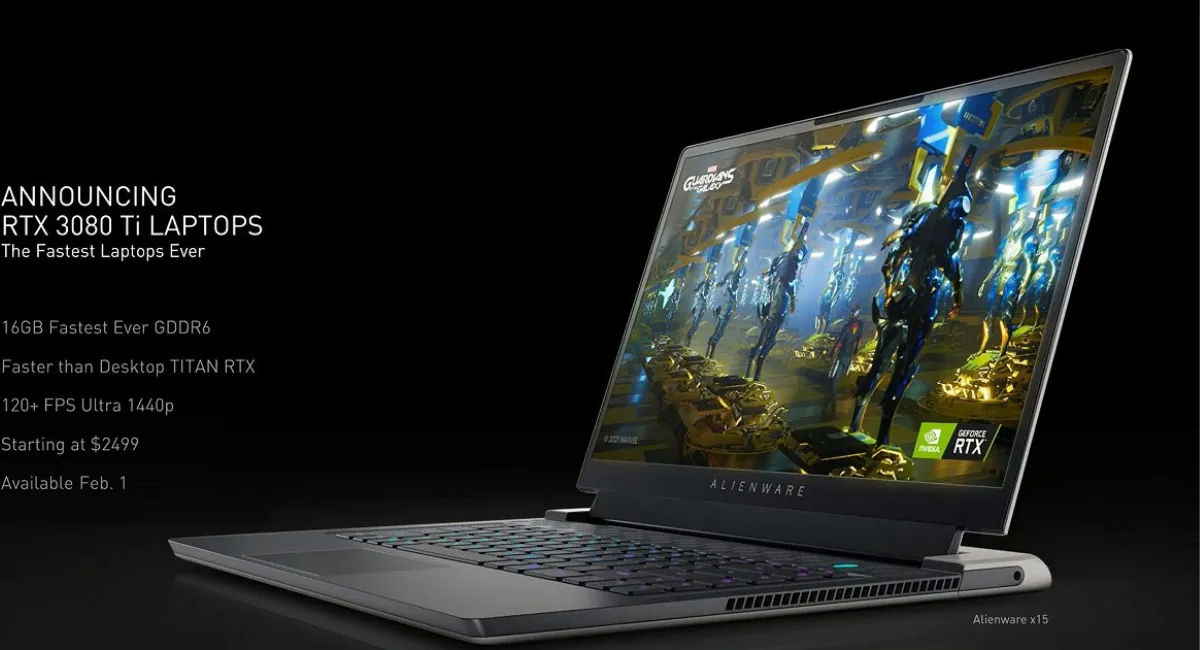The performance of your favorite games along with your video editing scenarios both depend on your laptop’s frames per second (FPS). To find an answer regarding your Laptop Max FPS performance you must check its frames per second (FPS) measurement. The device frame-per-second measurement determines the number of images displayed weekly which directly affects playing games seamlessly along with video viewing quality and performance in creative projects. Understanding this performance indicator becomes essential for multiple technical tasks.
What Is FPS and How Does It Affect Performance?
A flipbook generates smoother animation when flipped at a quick speed. FPS works the same way. An FPS increase from 30 to 60 provides users with more fluid picture quality. A 10 frame-per-second reduction in performance becomes a deciding factor in victory and defeat for competitive gamers. Smooth content creation operations and rendering require consistent FPS among content creators and editors as well.
Who Needs to Check Max FPS?
- The targeted audience for gamers receives game performance optimization with this update.
- Streamers/Content Creators For lag-free editing and live streaming.
- Users only surfing the web can use it to identify why Netflix shows buffering issues.
Built-In Tools to Check FPS on Your Laptop
Monitoring Laptop Max FPS does not require complex software programs. There are built-in solutions available on your laptop. Your laptop contains several tools that we will examine for FPS measurement.
Windows Game Bar provides users to monitor their FPS rates
- You can open the Game Bar through the Windows + G keyboard shortcut.
- Click the Performance widget.
- Users can access the menu to enable FPS counter viewing.
A real-time FPS monitoring tool provides overlay through its interface visible during gameplay or application use. Simple, right?
Checking FPS via Xbox Game Bar
If you’re on Windows 10/11:
- Open Xbox Game Bar (Windows + Alt + R).
- Access Settings and select Gaming followed by Game Bar from within the menu.
- Toggle the FPS counter.
The best results emerge from Xbox-compatible games when using this method.
Third-Party Software to Measure Max FPS
You can find deeper understanding by using friend technologies known as third-party tools.
FRAPS: A Lightweight FPS Counter
Gamers especially love FRAPS because of its basic features.
- Download and install FRAPS.
- Additionally start the application right before game initiation.
- A corner contains the FPS display.
Users can benefit from additional features because the tool allows the recording of gaming footage.
MSI Afterburner: Advanced Monitoring for Gamers
The tool functions as a performance optimizer in the same way as the Swiss Army knife.
- Users need to install MSI Afterburner alongside Riva Tuner Statistics Server for the system.
- Users can personalize their on-screen display to present information about FPS together with GPU temperature readings.
- The game statistics update live as you run it.
Perfect for tweaking overclocking settings!
NVIDIA GeForce Experience for GPU-Specific Metrics
Own an NVIDIA GPU?
- Open GeForce Experience.
- Users can access In-Game Overlay from Settings followed by General.
- Enable Performance Monitoring.
Look at FPS during gameplay by pressing the Alt + R key combination.
Using Command Prompt to Check GPU Capabilities
Feeling techy? Let’s use Command Prompt.
Users can access GPU information through DirectX Diagnostic Tool.
- Entering the command dxdiag in the search bar will open Windows System Information.
- Navigate to the Display tab.
- The GPU information with the driver version can be checked here.
Using this method allows users to check for their hardware’s capability to display high FPS but it does not provide real-time FPS measurements.
Checking Max FPS Through BIOS Settings
BIOS modifications exist only for users advanced enough with computing technology.
Risks and Precautions When Accessing BIOS
- Use the key combination F2 F10 or Del (dependent upon your laptop manufacturer) while bootloader initialization.
- Browse to the section named Advanced Settings > GPU Configuration.
- Check max clock speeds or VRAM allocation.
Playing with your BIOS system can lead to the complete destruction of your device. Proceed only if you’re confident!
Tips to Improve Your Laptop’s FPS Performance
Got low FPS? Let’s fix that.
Updating Drivers and Optimizing Settings
- People can obtain updated GPU drivers through NVIDIA/AMD’s online platforms.
- You should decrease the graphic settings which affect shadows and textures during gameplay.
Reducing Background Apps and Thermal Throttling
- Close Chrome tabs hogging RAM.
- A cooling pad should be used as a preventive measure against device overheating.
Common Mistakes When Testing Max FPS
Avoid these pitfalls!
Overlooking Cooling Solutions
Heat combined with throttling functions will result in a reduction of your game’s frames per second. Clean your laptop’s vents regularly.
Ignoring Software Conflicts
Windows updates or antivirus scans which operate while you are working? They eat up resources.
After learning about checking Laptop Max FPS, start applying these tips. The smooth functional experience you need for gaming or editing or video streaming is ready to install through simple clicks.
